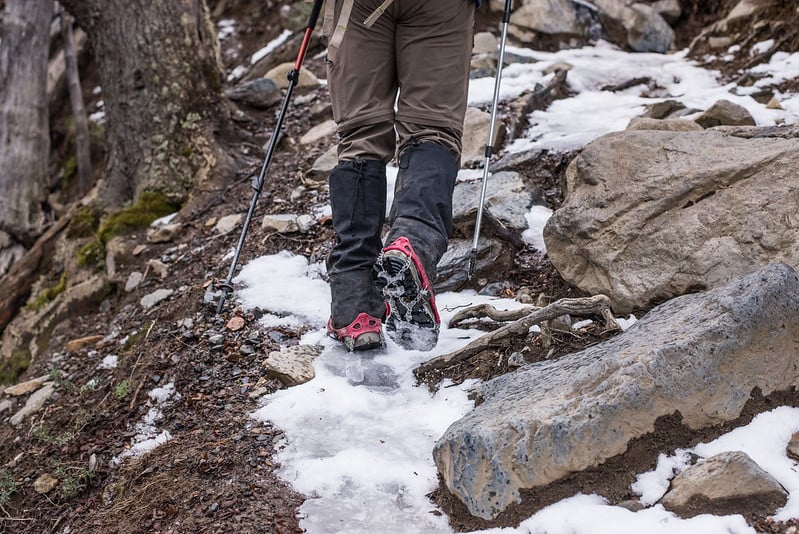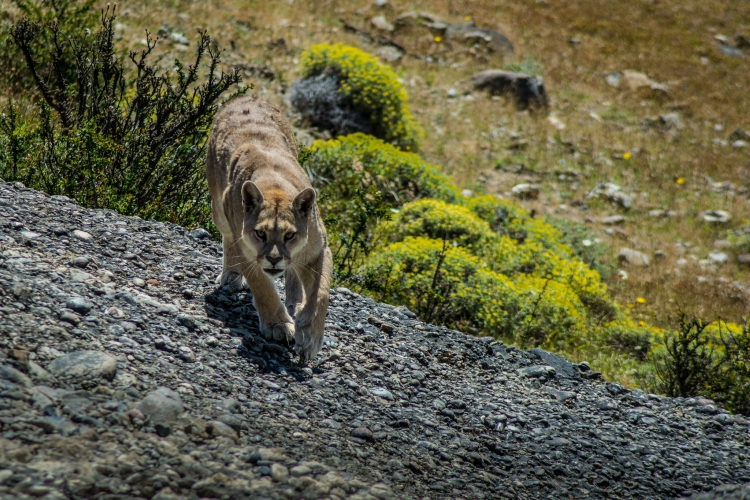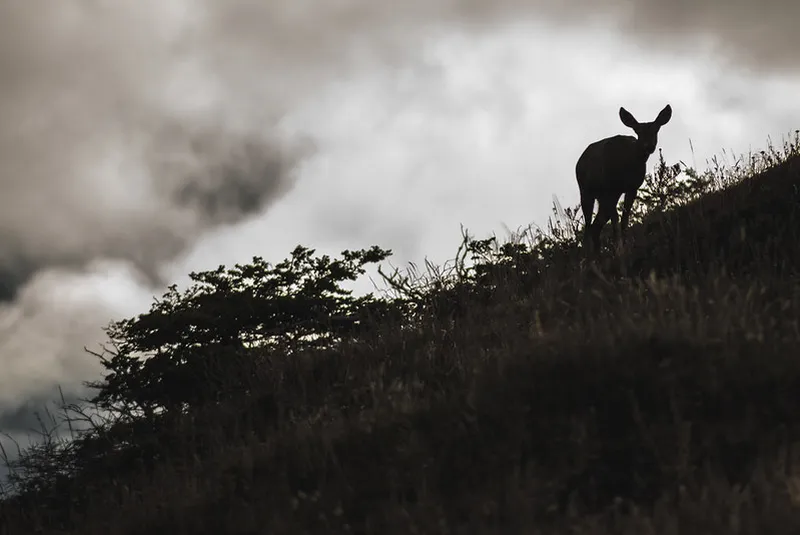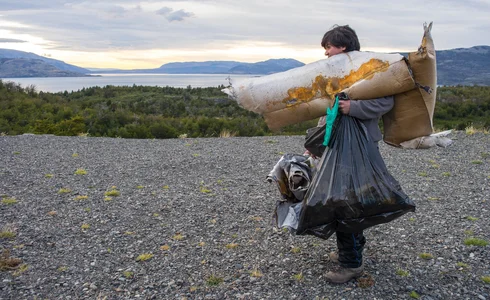National parks are magical. Wide-open spaces, native fauna and endless hiking trails offer travelers the perfect escape and experience in nature. But the magic is only present when a national park is clean and pristine. This means no candy wrappers or soda cans sprinkled beside the trail, disruptive chatter or damaged vegetation. As guests of a national park, it is our responsibility to be fully aware of how our actions can affect the surrounding environment.
The best way we can minimize our impact is to understand what it means to “leave no trace.” “Leave no trace” refers to a code of ethics that helps conserve our outdoor spaces. The idea came about more than 25 years ago when environmental advocates demanded action to protect natural lands. This demand developed into an organization called “Leave No Trace,” that created a set of seven basic principles to follow. The seven principles include:
/Cerro%20Castillo%20Trek%20-%20Carretera%20Austral%20(2).jpg?width=1920&name=Cerro%20Castillo%20Trek%20-%20Carretera%20Austral%20(2).jpg)
1. Plan Ahead and Prepare
The first element of “leave no trace” is all about preparation. Understanding your goals, abilities, what you will need and what to expect is key to a safe trip that respects all natural resources.
Make sure you understand all rules and regulations set forth by park rangers and come prepared with the proper equipment. Also pack an adequate amount of food -- but not too much. Remember that extra food scraps leave a trace (bring it with you).
2. Travel and Camp on Durable Surfaces
When in a natural space, we have to be aware of where we are walking. Walking on soft surfaces with vegetation can cause erosion, widen the trail and destroy plant life and organisms.
Whenever possible, stick to marked trails in the park. If you must travel off trail, try to walk on durable surfaces that are resistant to trampling. This includes rocks, sand, gravel, snow or dry grass. The same advice goes for camping.

3. Dispose of Waste Properly
Garage can be dangerous for living organisms and animals in the park. Do not litter! Always bring your garbage with you and dispose of it when you reach a garbage and recycling center.
Use the “cat hole” technique for human waste and always bring biodegradable soap.
4. Leave What You Find
It’s important to leave a natural space the way you found it. Do not disrupt the ecosystem by marking on trees or digging in an area. Walk around live trees instead of cutting down or ripping off branches (remember they are living organisms).
Lastly, do not take rocks, shells, leaves or other natural items home. These items are part of the environment and should stay in the environment. It’s actually illegal in some protected areas to take natural items.
5. Minimize Campfire Impacts
Campfires can be extremely dangerous and you should only build one if it will leave no trace. In some parks, such as Torres del Paine, fires have gotten out of hand and caused a great deal of damage to the park.
Always follow the rules and regulations of the park. Also learn the skills to make a fire with the correct wood, best possible method and proper safety procedures.
6. Respect Wildlife
It’s incredible when you spot animals in the wild! But it is also very important to be respectful of these animals. We are guests in their environment after all.
Keep a safe distance from all wildlife and do not make sudden movements or loud noises. You should also never feed or touch any wild animal!

7. Be Considerate of Other Visitors
Lastly, be considerate of others in the park. Do not talk loudly and only listen to music with earbuds. Also respect others when walking and passing on the trail. It’s important to give everyone the courtesy of enjoying nature in his/her own way.
*
Learning about and applying these principles to your outdoor adventure is one of the best ways that you, as an individual traveler, can help protect national parks and outdoor spaces. In fact, it is something many tour operators and travel companies are teaching their guests to help ensure safer and smarter trips outdoors. So spread the word and start applying these principles today! This way we can protect beautiful, pristine nature for generations to come.



_miniatura.webp)











